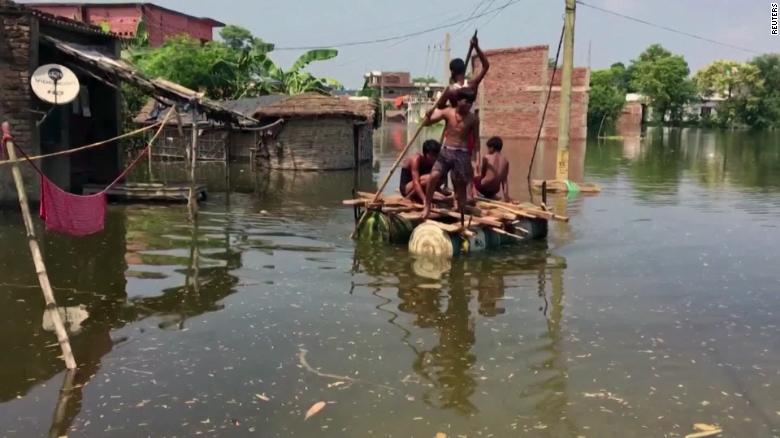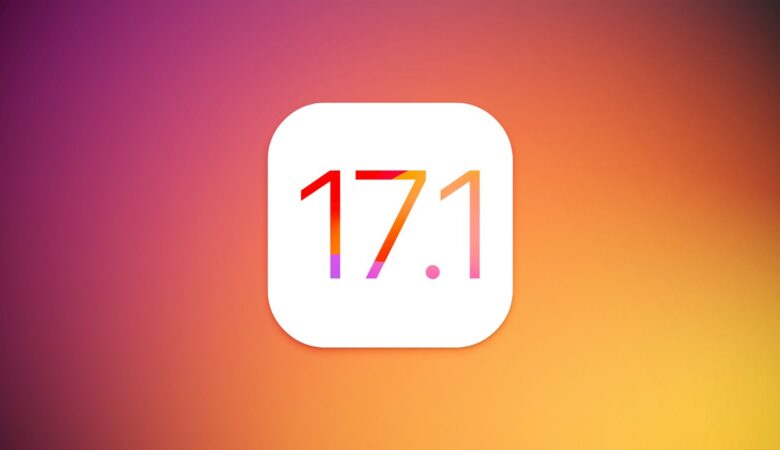India’s economy posted its steepest contraction on record in the April-june quarter of the current fiscal year as the strict lockdowns imposed to ward off the spread of the deadly coronavirus infection stalled economic activity, shut out consumption and investment and led to job and income losses.
India – Asia’s Third Largest Economy
Asia’s third largest economy was already faltering when the pandemic struck. In April-June, it suffered a contraction for the first time since India began maintaining quarterly records in 1996.
Data released by the National Statistical Office (NSO) on Monday showed GDP in the April-June quarter of 2020-21 slumped 23.9% compared with growth of 3.1% in the previous (January-March) quarter.
Among major economies, India’s contraction was the sharpest. China, after posting a contraction in the January- March quarter has recovered with 3.2% growth in the April-June quarter. Globally, India is close to UK’s contraction of 20.4% in the second quarter.
Agriculture was the only bright spot. The sector, which has benefited from a robust monsoon, rose an annual 3.4% in the June quarter compared with a growth of 3% in the June quarter of 2019-20.
Where Did The Recession Exacerbate?
On a quarterly basis, recession deepened in the manufacturing sector as it posted four consecutive quarters of contraction while the construction sector declined for the third quarter in a row.

Economists define recession as two consecutive quarters of negative growth. The manufacturing sector, which has been in the grip of a sharp slowdown, fell 39.3% in the June quarter while construction slumped 50.3% during the three-month period. Trade, hotels, transport and communications sector posted the second highest contraction, declining 47% in the June quarter.
The services sector, which accounts for nearly 60% of the economy, slumped 20.6% in the June quarter, compared to a 4.4% growth in the previous. Services such as hotels, restaurants, hospitality and airlines, have borne the maximum brunt of the.
Private Consumption Scenario
Private consumption, a key driver of the economy witnessed a sharp decline of 24.5% in the first quarter from 8.5% increase in the year ago period. However, government consumption saw a 20.2% increase in the June quarter compared with the 9.5% growth in the same quarter of the previous year. This highlights the role of government spending in supporting the economny.
According to a Care Ratings analysis, investment growth witnessed a sharp decrease of 47.9% in the June quarter. As a percentage of GDP, investments (as measured by Gross Fixed Capital Formation) at 19.5% during the quarter was the lowest under the new series (2011-12). Chief economic adviser Krishnamurthy Subramanian said the contraction was expected given the lockdown that happened globally.

“India is definitely experiencing a V-shaped recovery. We should expect better performance in the subsequent quarter,” Subramanian said after the release of the quarterly data. The government and the Reserve Bank of India (RBI) have unleashed several measures to reverse the slowdown and protect the vulnerable sectors.
Government Package
These steps include fiscal stimulus and free food for the poor while the central bank has pumped in funds but economists say more needs to be done to revive growth and provide a fresh lifeline to sectors hit hard by the pandemic. Former finance minister P Chidambaram launched a scathing attack, saying the numbers should be a matter of “surprise and shame” for the government. Economists said they expect pressure on growth to continue in the quarters ahead with a spike in the number of coronavirus infections.
“Consumption demand and investments which are necessary to propel the economy would continue to be tepid and is unlikely to see a noteworthy improvement during the course of the year. Government spending would have to do the heavy lifting,” said Madan Sabnavis, chief economist at Care Ratings.
“Although the higher growth in the agriculture sector and consequently rural demand would support the domestic economy, it would not be sufficient to compensate for the decline in urban demand and growth. We project the country’s GDP to contract by around 6.4-6.5% in FY21,” Sabnavis said.






Leave a Reply
You must be logged in to post a comment.